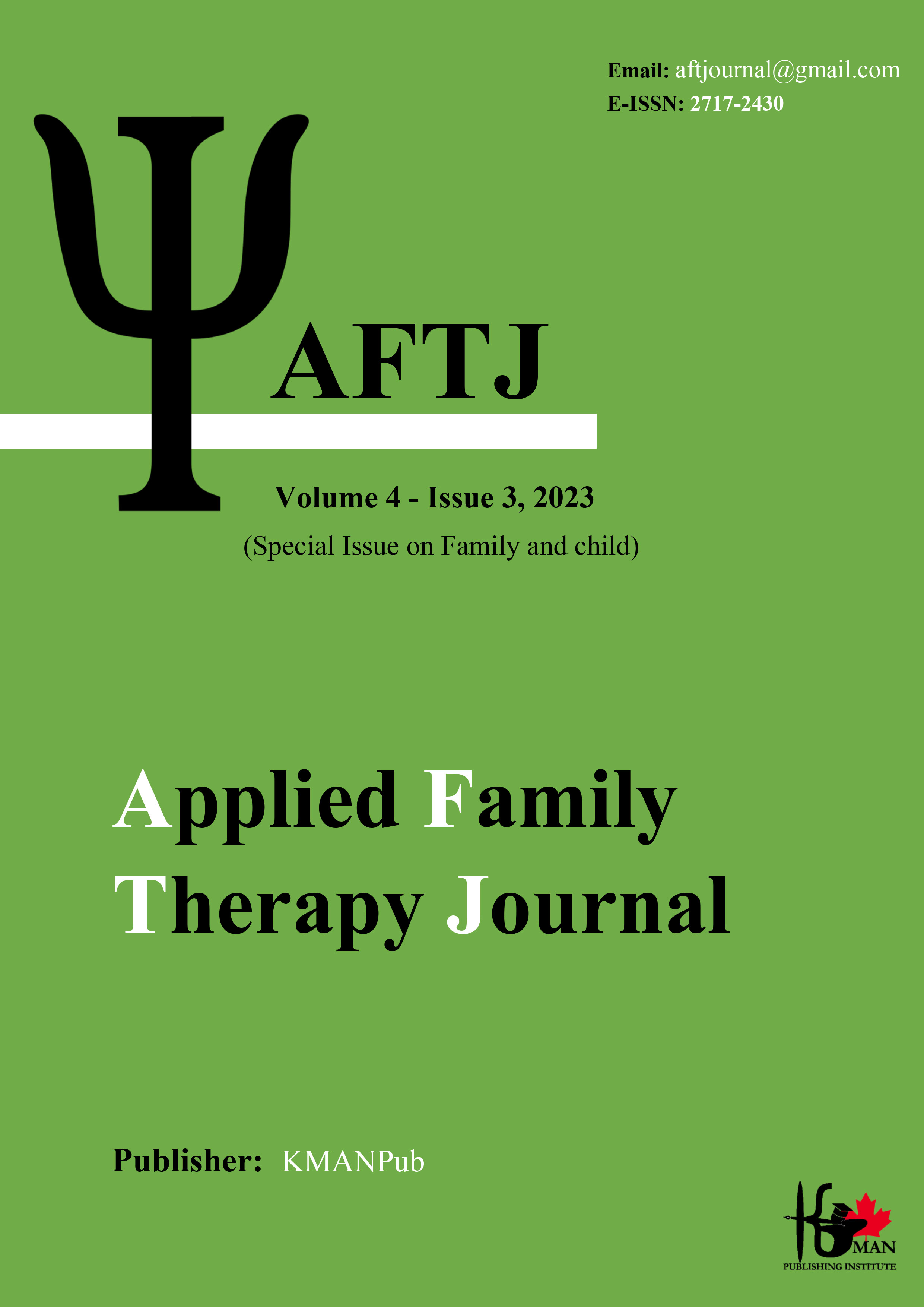Evaluating the effectiveness of joint attention training program on speech skills and receptive and expressive language components of children with autism spectrum disorder
Keywords:
Joint attention, children with autism spectrum disorder, joint attention program, language componentsAbstract
Aim: Determining the effectiveness of the joint attention program on expressive, receptive and spoken language components of children with autism spectrum disorder 3 to 5 years has been implemented. Methods: The statistical population includes all children with autism spectrum disorder aged 3 to 5 years who had visited special preschools for children with autism spectrum disorders and clinics in Tehran. The research sample was accessible, which included 5 children who were randomly selected. In order to evaluate the effectiveness of Nyusha's growth assessment tools program, Gilliam's Autism Spectrum Disorder scoring scale (GARS 3) and the set of false belief tasks were used. Descriptive statistics, observational analysis, effect size and recovery percentage methods were used to analyze the data. Results: After the analysis, the results of the research also showed the average scores in the expressive and receptive language components after the implementation of the joint attention training program compared to the baseline, the trend of relative growth and overall improvement. Conclusion: The results of this research indicate the effectiveness of the joint attention training program on improving the expressive, receptive and spoken language components of children with autism spectrum disorder. Therefore, it is suggested to use this educational program to improve the language skills of these children.
Downloads
Downloads
Published
Issue
Section
License

This work is licensed under a Creative Commons Attribution-NonCommercial 4.0 International License.





















